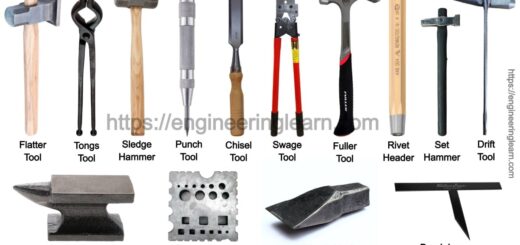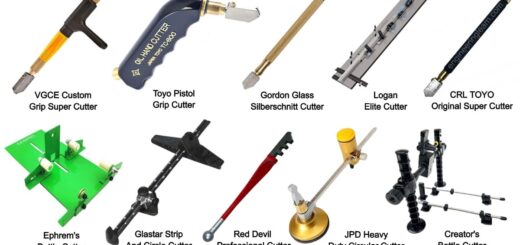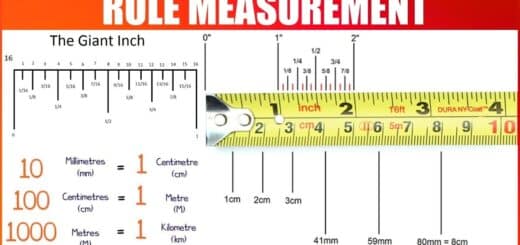Types of Angles: Definition, Properties and Examples [Angle Measuring Instruments]
![6 Types of Angles: Definition, Properties and Examples [Angle Measuring Instruments]](https://engineeringlearn.com/wp-content/uploads/2023/03/Angles-1024x539.jpg)
Types of Angles – Definition, Properties and Examples [Angle Measuring Instruments] :-
Types of Angles
- Acute Angle
- Right Angle
- Obtuse Angle
- Straight Angle
- Reflex Angle
- Complete Angle
1. Acute Angle: ( Types of Angles )
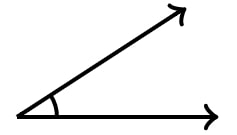
Acute angle is referred to as that angle which is quite similar to all of us from our childhood. The best was to learn is through the alphabet “A” in the word. The angle within the lines in the alphabet A is termed as an acute angle. Any angle which is known to have its magnitude less than 90 degrees is clearly known to be an acute angle. It is important to know that the value of an acute angle is found varying between 0 to 90 degrees.
2. Right Angle: ( Types of Angles )
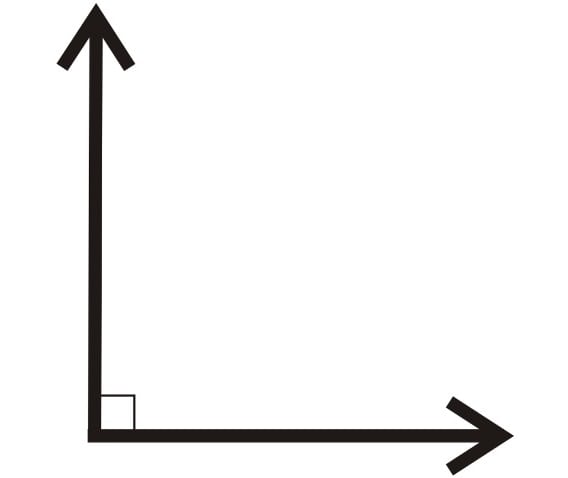
A right angle is referred to as that angle which has a magnitude of 90 degrees within the two lines. This type of angle is most commonly formed within the two lines which are observed to be perpendicular amongst each other and thus make an angle of 90 degrees.
3. Obtuse Angle: ( Types of Angles )
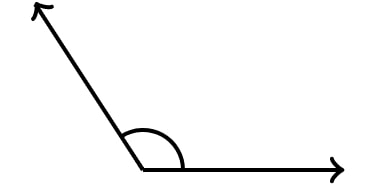
An obtuse angle is referred to as that angle which seems to be quite greater than the magnitude of 90 degrees and the limit goes to 180 degrees. The value of such angles is found having the values between 90 to 180 degrees.
Coming to the straight formula of an obtuse angle. It can be Obtuse Angle = 180 – Acute Angle.
4. Straight Angle: ( Types of Angles )

A straight angle is referred to as that angle which is found having its magnitude as 180 degrees. The angle which is made within two lines is responsible for making it a straight line due to which it is known as the straight angle. A straight angle is known to be a mixture of acute as well as obtuse angles on any straight line.
The formula to obtain a straight angle is Straight angle = Obtuse Angle + Acute Angle.
5. Reflex Angle: ( Types of Angles )
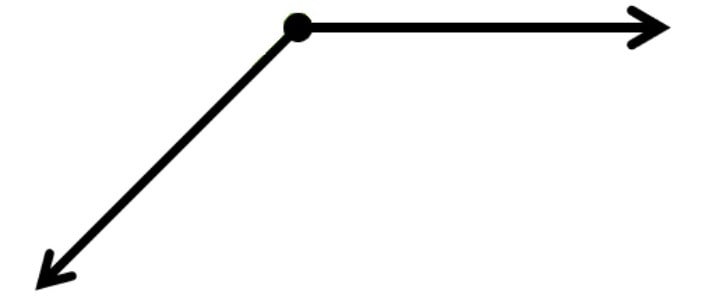
Reflex angle is referred to as that angle which is found being greater than 180 degrees but at the same time being less than 360 degrees. The value of a reflex angle is found limiting from 180 degrees to 360 degrees.
6. Complete Angle: ( Types of Angles )
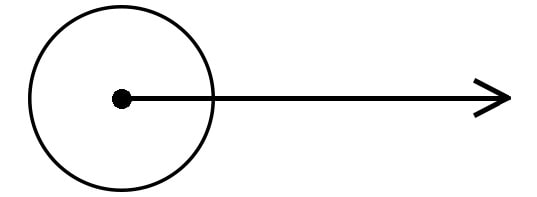
Complete angle is referred to as that angle which is known to be the one which if you rotate a straight line, it reached its original starting position. In other words it can be said that the complete angle is found having its magnitude equal to 360 degrees. The complete angle can also be known as perigon which is known as the central angle of a circle.
The magnitude of a complete angle is equal to four right angles or to two straight angles.
Angle Measuring Instruments
There are numerous geometries which are being used these days in order to measure the angular units. There are several factors which need to be considered during the selection of any appropriate type of angular measurement instrument. These factors can be any, like the size, shape, location or angular accessibility of the feature which needs to be measured along with its expected range of accuracy.
The first such instrument for calculating the linear measurement is the standard line instrument. These are the instruments like the protractors, bevel protractors etc which are found having the divided scales. The second category of any type of angular measuring instruments is commonly known to be referred as face standard instruments. Sine bars as well as the angle gauges are also the ones which are found to fall in this group.
1. Protractors
The protractor is referred to as that instrument which is one of the simplest instrument found being used for measuring the angles within two different lines or faces. It is an instrument which is found consisting two arms along with an engraved circular scale. Both the arms are found being set along with the faces within the angle which needs to be measured.
A simple protractor is the one which is designed in a way that it consists a blade that pivots about a semi-circular head which is observed to be graduated in the angular units. The blade is designed in such a way that it is found being rotated in a particular position corresponding to any part angle that needs to be measured along with the angle of the angular scale. This is done for the effective performance of the protractors
2. Bevel Protractor
Bevel Protractor is referred to as an angular measuring instrument which is found having its capability of measuring different types of angles within less time. Bevel Protractor is found consisting of a base along with which a vernier scale is found to be fixed.
A protractor dial is commonly found being mounted along with the circular section of the base. The protractor dial is referred to as the one which is found being marked in terms of its degrees along with 1/10th degree number. The blade which is observed to be sliding is found being installed within the dial. It is also possible that it can be extended to the either side which can also set any angle to its base. There are very fine adjustments which seem to be obtained along with a small knurled-headed pinion which if turned can get engaged along with the gear that is attached to the blade mount. The protractor dial is found to be locked in various positions which can be used through the dial clamp nut.
3. Vernier protractor
Vernier protractor is referred to as that instrument which is commonly used in order to measure an angle which are having their magnitudes greater than 90° but at the same time is less than 180°. There is an attachment of the acute angle accompanied with the vernier protractor which is responsible for measuring the angles which are of the magnitude less than 90° can become more easy to determine as well as becomes more accurate in terms of determining. It is important for the zero at the vernier scale which coincides along with a line which is there at a main scale. The number of the vernier graduations are found being beyond the zero which needs to be a multiplied by 5 and is thus added at the number of full degrees that is found to be indicated at the vernier protractor dial.
4. Sine Bars
Sine bars are the ones which are found to be in high precision in the angular measurements which can be made for the purpose of using a sine bar instrument. There is one possible setup which is found consisting of a flat steel straight edge wherein the two precision is found to roll the set and is thus known as the distance apart on the bar. The straight edge needs to be aligned accompanied with the part angle which should be purposely measured along with the gauge blocks or any other accurate linear measurements which the ones are found being designed for the purpose of determining the height.
